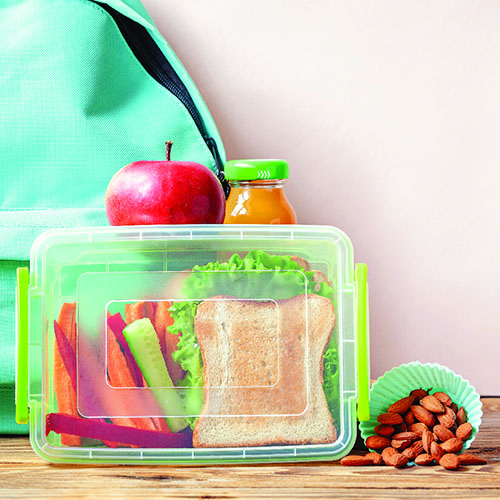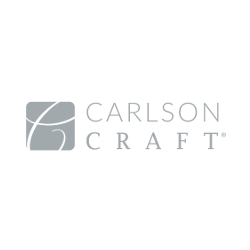Make the honor roll with allergen-free school lunches


Parents and caregivers will soon begin the familiar routine, of preparing and packing school lunches for their children. Parents and caregivers play a crucial role in safeguarding thei...
